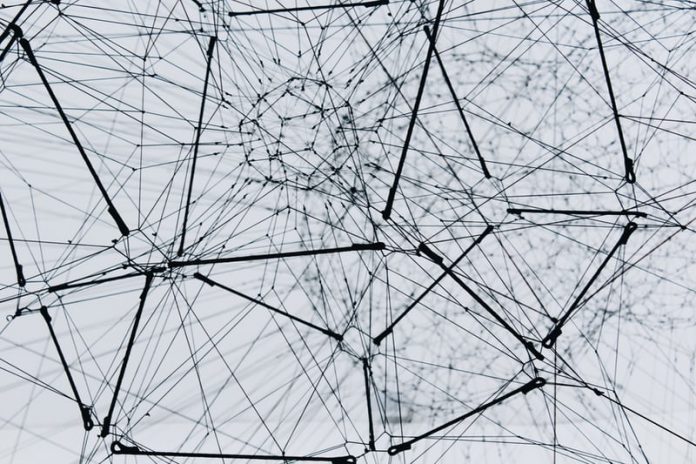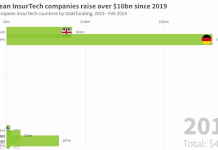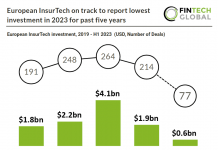The rise of fraud, specifically lending fraud, during the pandemic has been a hot topic for discussion. In a time where fraud is becoming more commonplace, how can industry fight back?
A recent post by Quantexa has discussed this topic in detail, underlining that it ‘takes a network to catch a network’ when it comes to uncovering loan fraud.
The company highlighted how during less pressing times, only a third of fraud that exists is detected. This, by extent, means defaults often misclassified as credit events when a portion is really a fraud loss.
Quantexa detailed, “One challenge for banks’ existing fraud detection processes and technology is that risk teams and data are siloed, which is ineffective in finding connected risks and leads to a high number of false positives.”
How can companies overcome the challenges to detecting fraud within lending schemes? According to Quantexa, organisations require an ‘innovative and dynamic’ approach to credit risk management models – enter entity resolution and network analytics.
The firm said these solutions have proven to be powerful technologies in spotting this combination of individual risks by looking at risk in context to demonstrate fraud. Relationship managers – mostly tasked with nurturing corporate client relationships – require confidence in acting on cases of possible fraud, and advanced technologies aids them in this fight.
Quantexa provided four examples of lending fraud typologies that exist in transaction data, which were company service providers and shelf companies, related party transactions, phoenix companies and risky auditors.
For the former, many shelf firms – created by CSPs – have been linked in early reports of Covid lending fraud. To detect CSPs, Quantexa underlined finding a highly connected central node with a high incorporation rate of businesses is helpful. In addition, to determine if the new owner is risky, network scores are enhanced by adding back-dating features, default addresses at Companies House and links to past disqualified directors.
The second – related party transactions – the company said that by building out supply chains and assessing transaction connectivity between your borrower and counterparties – you can quickly uncover unusual links.
The third example was phoenix companies. Quantexa said, “Highly performing network features include homogenous pattern detection to find unusual concentrations of similar names, similar industry codes or similar business size. This is combined with detection of re-use by the same key entities: common addresses, common directors and common shared businesses.”
The final typology was risky auditors. The company remarked, “Weak corporate governance or lack of independence can be detected with networks to find director dominance, seen via strong family groups. Research shows that weak firms select weak auditors. This can be seen when where there is a mismatch between an unusually large or complex clients which has appointed an unusually small or inexperienced audit firm.”
The full post can be read here.











